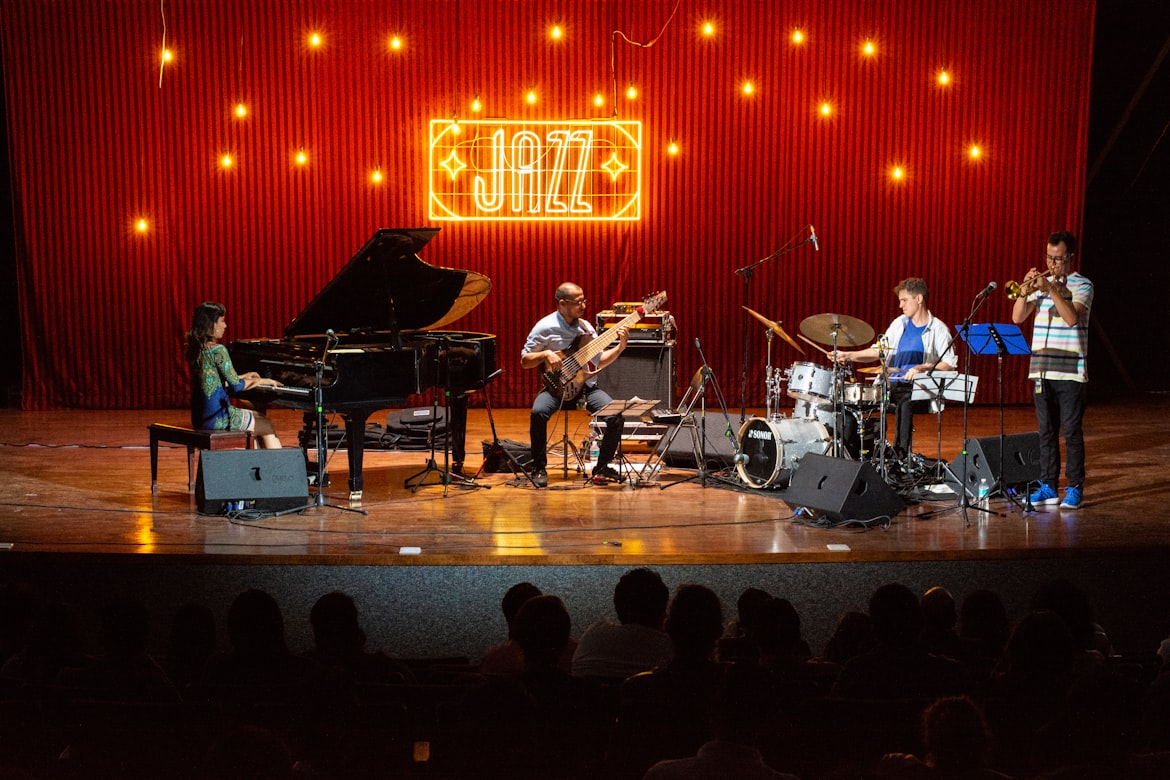Picture a smoky room filled with the vibrant energy of the 1920s. It’s a dimly lit jazz club in New Orleans, the air thick with the scent of whiskey and the sound of laughter. A trio is playing on stage, the flickering candlelight casting shadows as they weave through infectious melodies. The trumpet blares a smooth solo, while the piano dances alongside, and the double bass lays down a heartbeat that resonates with the very soul of the audience. This scene encapsulates the birth of jazz—a genre as fluid and dynamic as the city itself.
The roots of jazz can be traced back to the late 19th and early 20th centuries in the cultural melting pot of New Orleans. Here, African, European, and Caribbean musical traditions coalesced, creating a rich tapestry of sound. The rhythms of African drumming, blues from African American communities, and the harmonic structures of European music came together in a beautiful and sometimes chaotic blend. The early jazz musicians often relied on improvisation, making every performance unique and a deeply personal expression of their creativity.
As jazz began to emerge, so did its key figures—Louis Armstrong, with his iconic trumpet playing and gravelly voice, became a defining force, shaping the sound of the music. His mastery of improvisation and showmanship could elevate a simple tune into something transcendent. Meanwhile, the rise of the jazz band brought together various instruments, creating a richer sound that would become synonymous with the genre. With players like Duke Ellington and Count Basie steering the ship, big bands began to dominate the scene in the 1930s, infusing jazz with a bigger, orchestral flair that delighted audiences across the United States.
The roarin’ twenties morphed into the Great Depression, but jazz thrived, echoing the emotions of the times. Speakeasies sprang up as jazz became the soundtrack to a society grappling with change. The music turned into a vehicle of expression for many—both joyful and sorrowful. The swing era, spearheaded by bandleaders like Benny Goodman and Glenn Miller, introduced a swagger and a drive that compelled people to dance. Jazz was no longer just about listening; it became a vital part of social life, transcending barriers and bringing people together, even in the face of societal struggles.
But jazz wasn’t about to settle. The 1940s ushered in a revolution with the birth of bebop, a counter-movement to the commercial sounds of the big bands. Artists like Charlie Parker and Dizzy Gillespie took jazz to new heights, emphasizing virtuosic skill and complex harmonies. While swing was about the dance floor, bebop was an intellectual pursuit, pushing the boundaries and inviting musicians to explore deeper sonic territories. It stripped the music back to its fundamental roots—the improvisation was brought to the forefront, showcasing individual talent in a way that felt more personal yet challenging.
As the mid-20th century rolled in, jazz splintered into various subgenres, each bringing its own flavor. Cool jazz, epitomized by Miles Davis and his groundbreaking album “Kind of Blue,” brought a laid-back elegance, steering away from the frenetic energy of bebop. Folksy elements began to seep in with the advent of jazz fusion, where artists like Herbie Hancock and Weather Report played with rock and funk rhythms, drawing in a new generation of listeners.
Fast forward to the 1970s and beyond, and jazz was mirroring the times. Hip hop emerged, and jazz found a new foothold—their worlds intertwined through sampling and collaboration. Artists like A Tribe Called Quest and later Robert Glasper reclaimed the improvisational spirit of jazz, breathing life into old compositions while reference-laden tracks mirrored the essence of the genre’s history. The boundaries of music continued to blur, as jazz became a canvas for artists across all genres to paint their stories and emotions.
Today, jazz is a constant evolution—a living, breathing entity.

